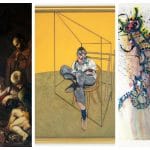Explore the Astonishing Sketchbooks of Henri de Toulouse-Lautrec
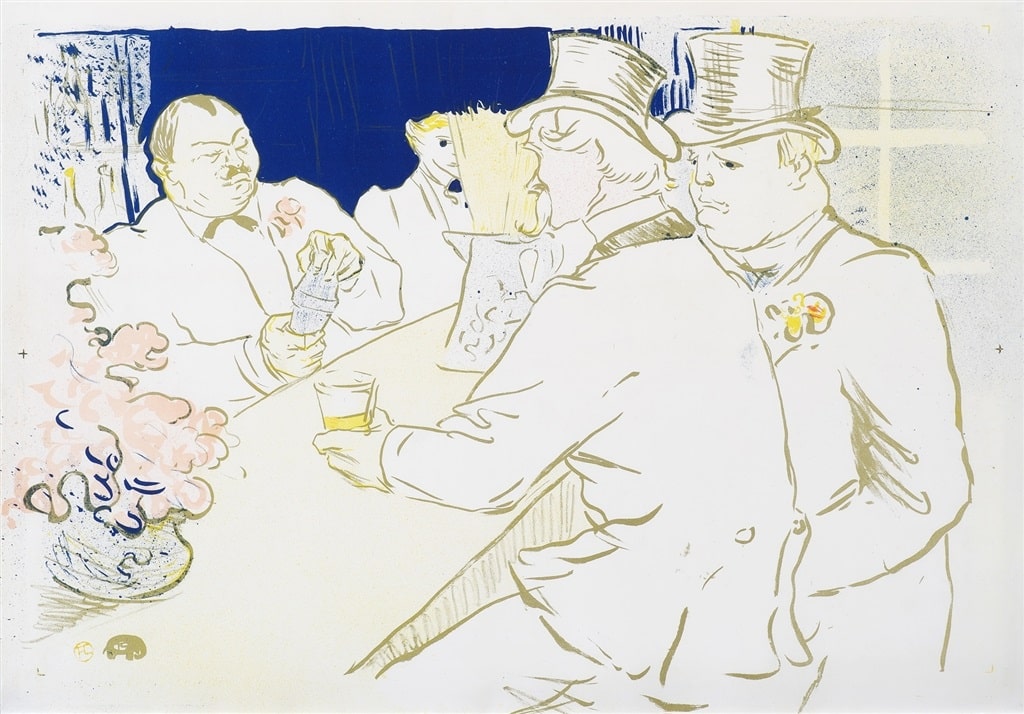
“Irish and American Bar, Rue Royale – The Chap Book” (1895), Henri de Toulouse-Lautrec
Henri de Toulouse-Lautrec is one of the legendary artists of 19th-century Paris, famous for traversing the nightspots of the city’s Montmartre district, always with a sketchbook in hand.
He was a superb draftsman, able to capture the motion, emotion, and energy of Parisian society with just a few deft strokes of his pencil.
While today, Toulouse-Lautrec’s paintings hang in museums around the world, during his lifetime, he was most famous for his illustrations. The work that originally made him a Parisian celebrity was “Moulin Rouge: La Goulue,” his 1891 four-color lithograph that he designed as an advertising poster for the notorious Moulin Rouge nightclub.
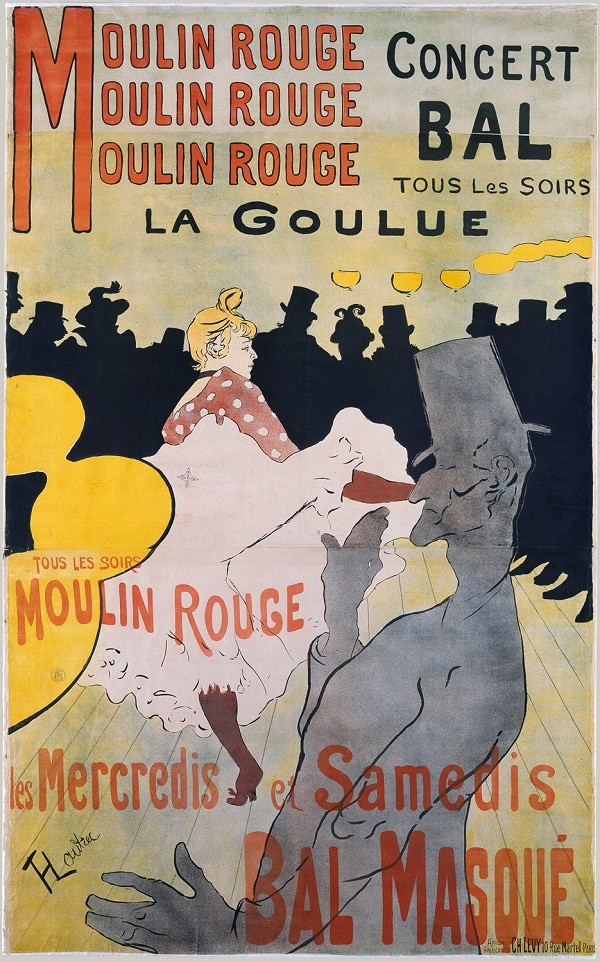
“Moulin Rouge: La Goulue,” Henri de Toulouse-Lautrec, 1891
The director of the club, Charles Zidler, commissioned the poster—which was the first poster and first lithograph the artist ever created—and it was an instant hit, forever linking Toulouse-Lautrec’s iconic art with the Moulin Rouge and the Parisian can-can.
You can see the early inspirations for Toulouse-Lautrec’s Moulin Rouge designs while glancing through the many sketchbooks he left behind.
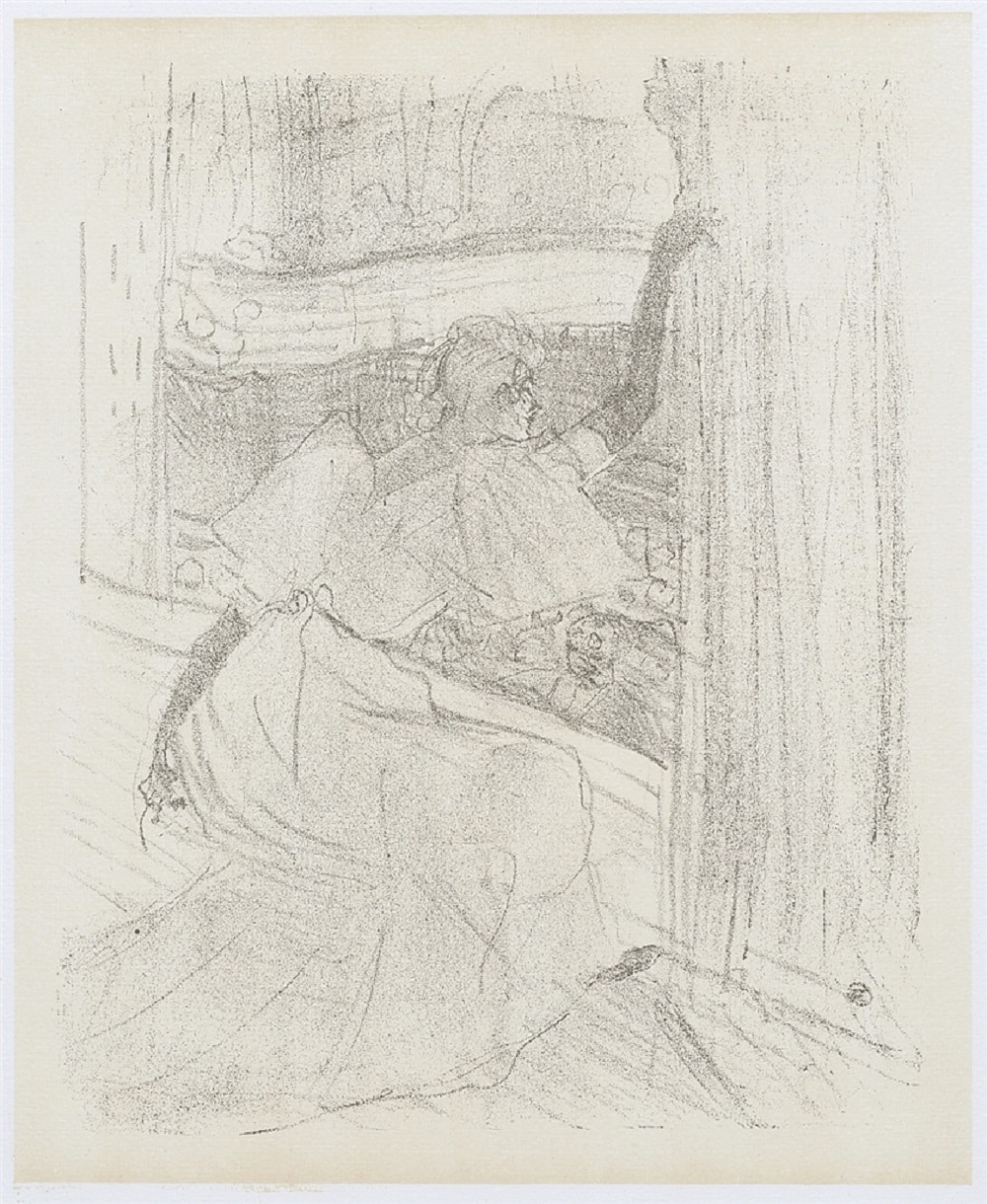
“Yvette Guilbert – Saluant le Public” (1895), Henri de Toulouse-Lautrec
A large collection of original Toulouse-Lautrec sketches are currently on display at Park West Museum, the free-to-the-public museum sponsored by Park West Gallery and the Park West Foundation just outside of Detroit, Michigan.
The Park West Museum collection falls into two distinct groups. The first is a selection of untitled sketches taken from one of Toulouse-Lautrec’s personal sketchbooks, all captured in pencil and wax crayon. This album is documented in M.G. Dortu’s Toulouse-Lautrec et son oeuvre, New York, 1971, vol. IV.
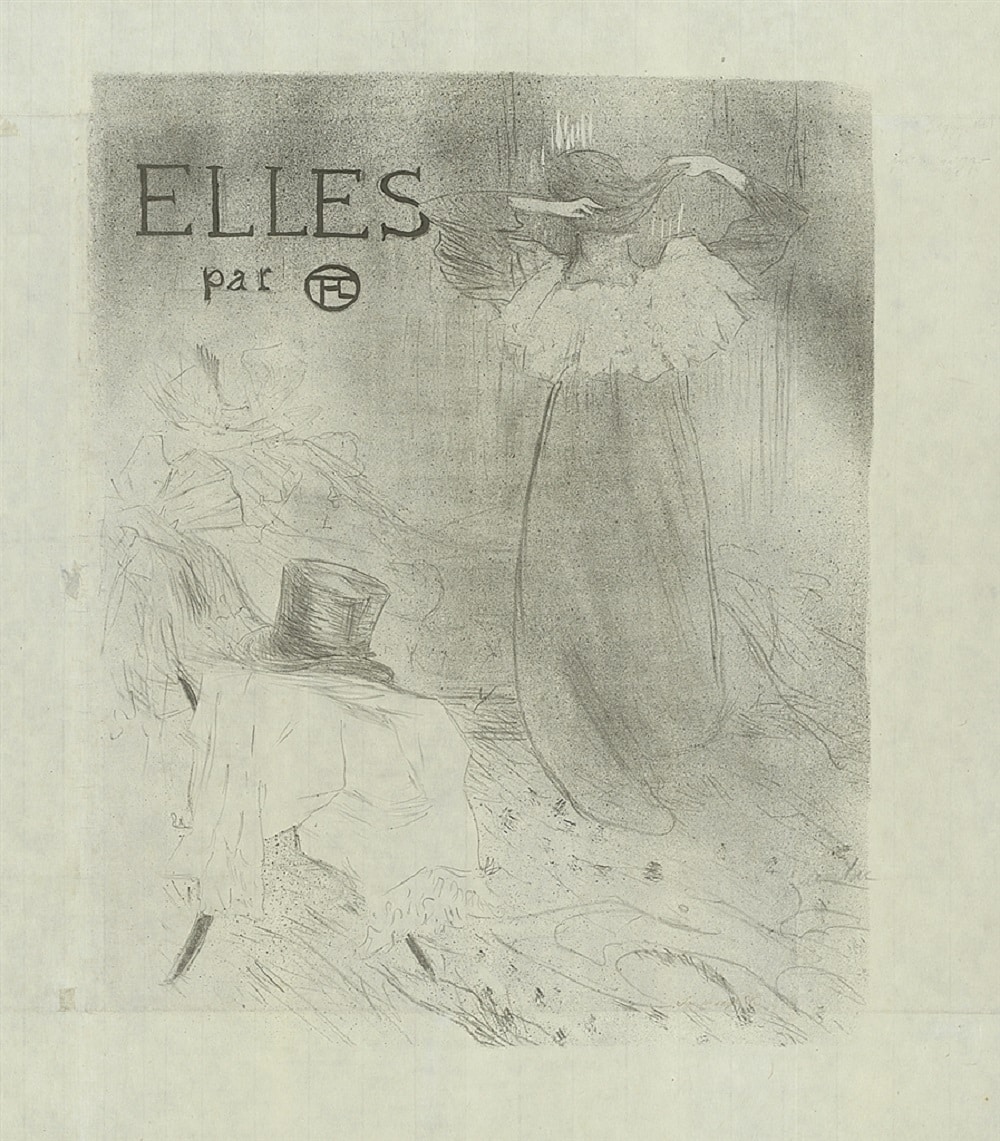
“Elles” (1896), Henri de Toulouse-Lautrec
The second group is known as Toulouse-Lautrec’s “Phylloxera” drawings.
In 1881, Toulouse-Lautrec visited his uncle, Amedee Tapie de Celeyran, who owned a large wine estate. The vineyard was suffering from an attack of phylloxera, an insect notorious for ravaging wine vines.
Amidst the chaos, Toulouse-Lautrec created a series of 77 ink drawings executed across 48 sheets, humorously documenting the time-consuming process of eradicating the phylloxera.
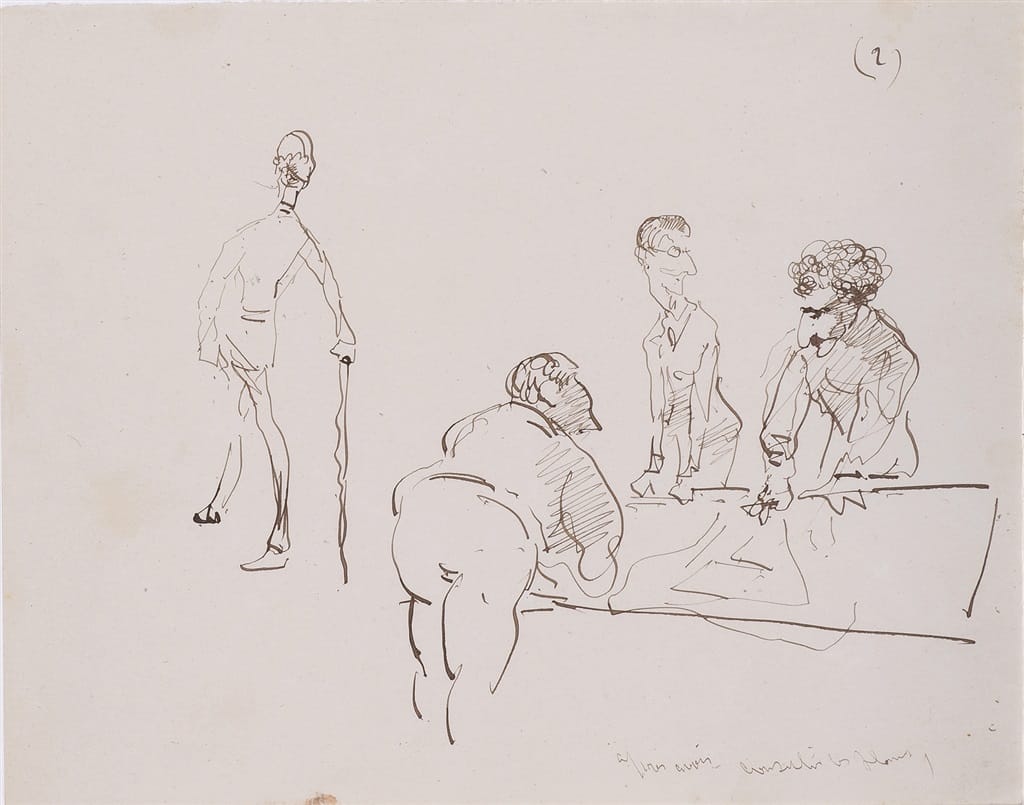
“Submersion #2” (1881), Henri de Toulouse-Lautrec
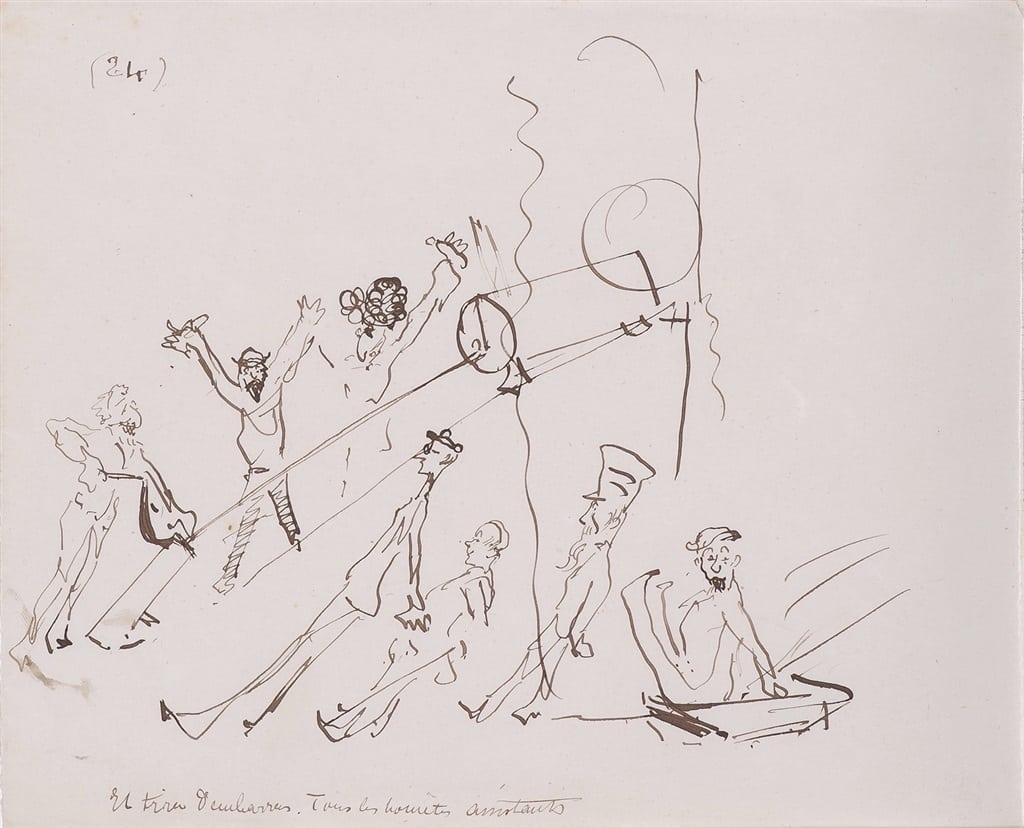
“Submersion #24” (1881), Henri de Toulouse-Lautrec
Structurally akin to a comic strip, these drawings were displayed in the 1991 exhibition “Toulouse” at the Hayward Gallery in London and the Galeries Nationales du Grand Palais in Paris.
Toulouse-Lautrec’s sketches of life in 19th-century France act as a magnificent time capsule of the era—full of life, energy, and personality—and capture history in a way no textbook ever could.
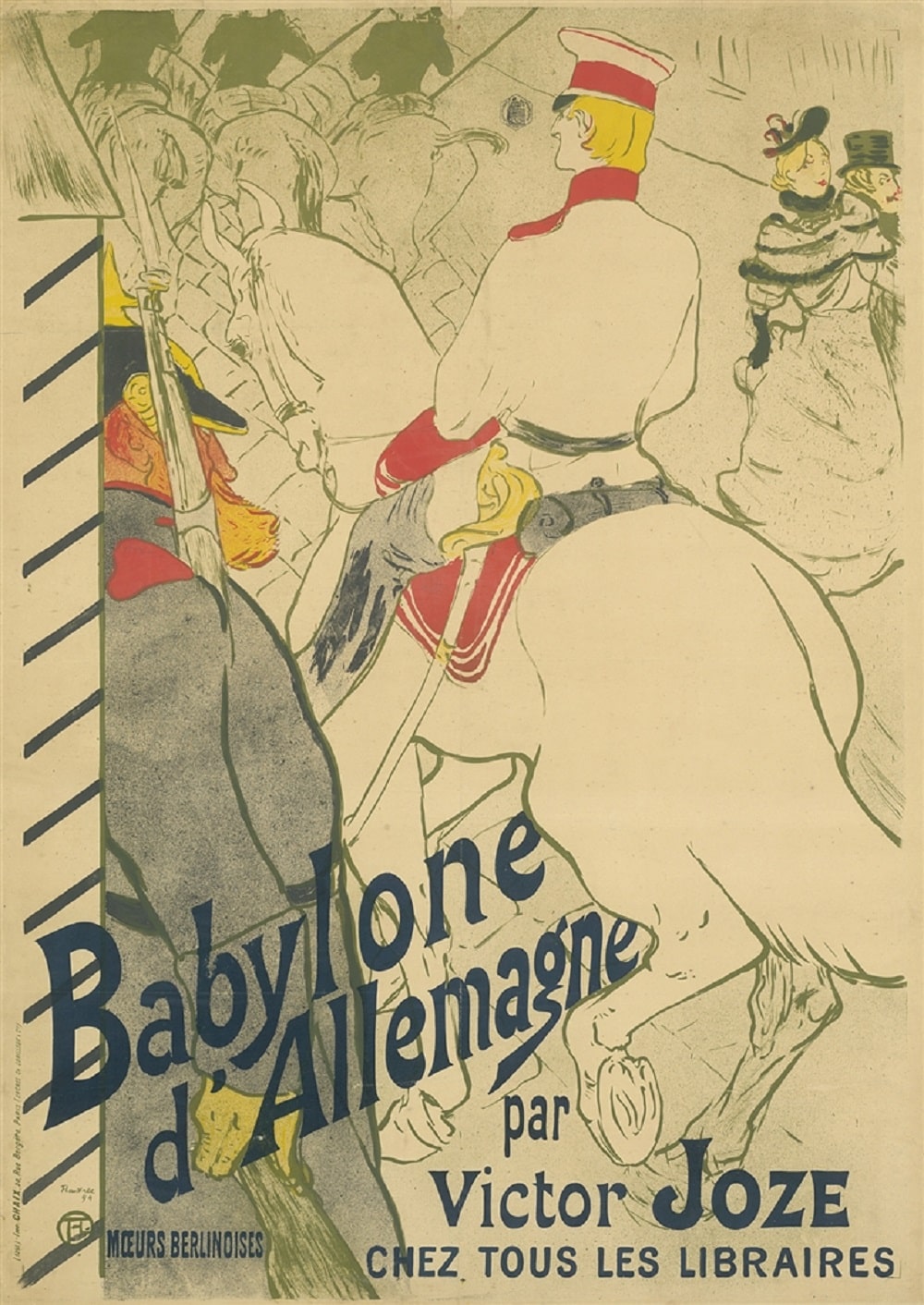
“Babylone d’Allemagne” (1894), Henri de Toulouse-Lautrec
The sketchbooks of Toulouse-Lautrec will forever endure as an essential part of his artistic canon, acting as both the inspiration and building blocks for many of his world-famous oil paintings and watercolors.

The Toulouse-Lautrec collection at Park West Museum.
If you are interested in collecting artwork from Henri de Toulouse-Lautrec, register for our exciting live online auctions or contact a gallery consultant at +1-248-354-2343 or at sales@parkwestgallery.com





